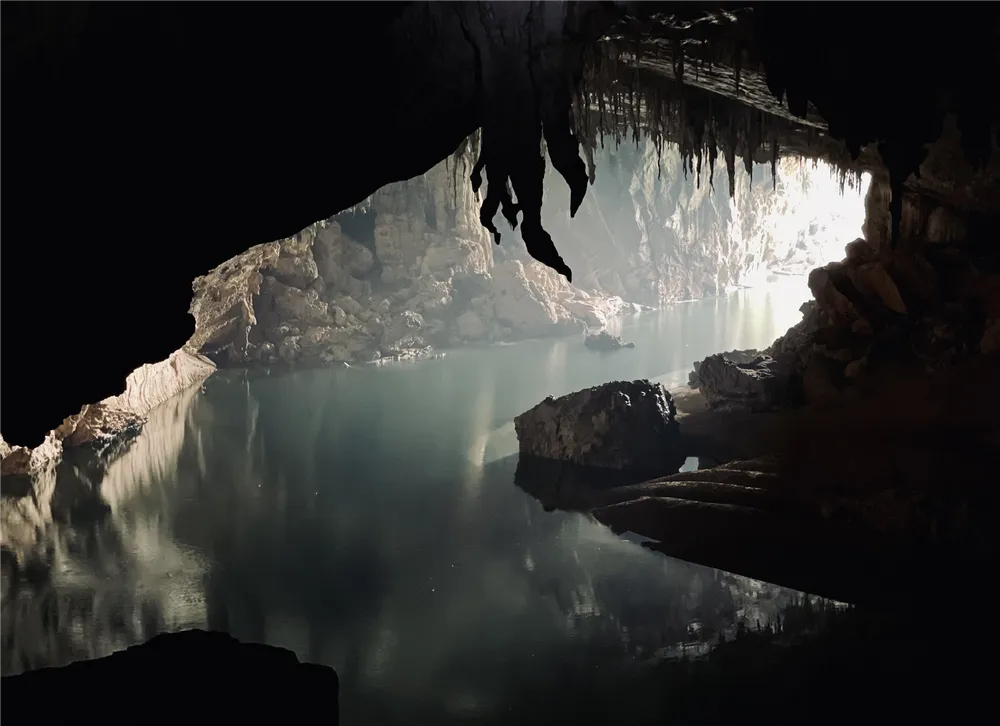
The heritage was listed under the name “Phong Nha – Ke Bang National Park and Hin Nam No National Park”, becoming the first transboundary World Heritage of the two countries Vietnam and Laos, recognized according to three criteria: geology – geomorphology, ecosystem and biodiversity.
Phong Nha – Ke Bang ( Quang Tri province, Vietnam) and Hin Nam No (Kham Muon province, Laos) are among the oldest and most intact karst areas in the world, located at the intersection of the Annam mountain range and the Central Indochina limestone belt, stretching across the border of Vietnam and Laos. The karst geological formation process here has been continuous for about 400 million years, and is considered one of the oldest and largest karst areas in Asia.
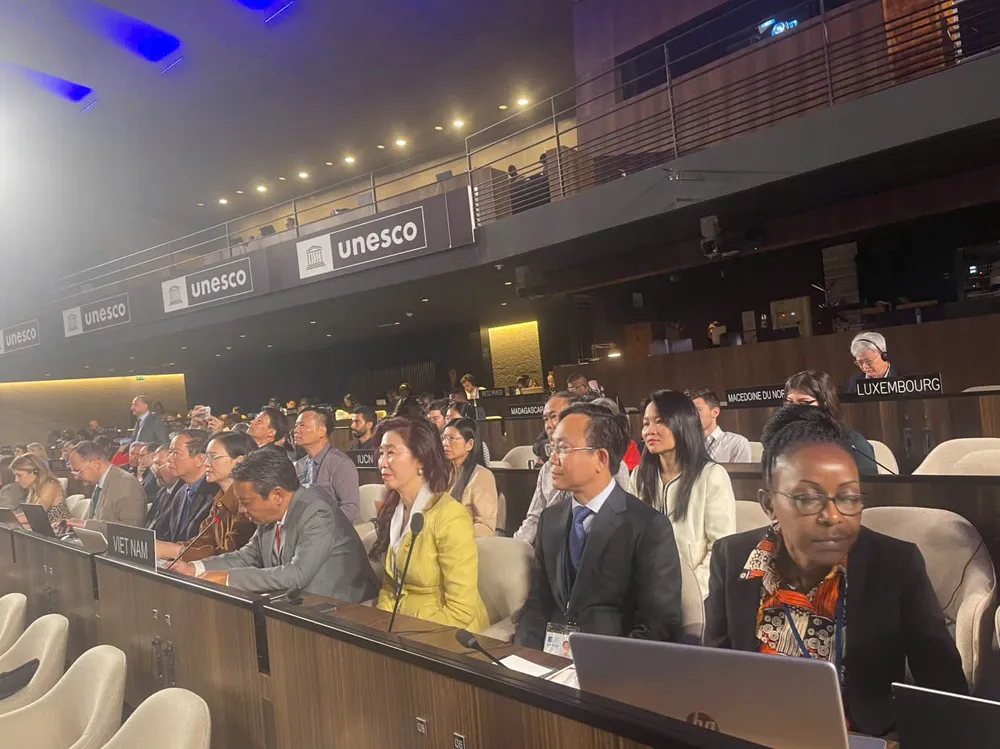
The area possesses a rich tropical ecosystem: from dense humid forests, dry karst forests at high altitudes, along with a vast system of caves and underground rivers with more than 220km that have been surveyed, notably Son Doong Cave (Vietnam) and Xe Bang Fai (Laos) - two caves classified as the largest in the world. The landscape here also preserves many unique geological structures, calcite sedimentary lakes and rare endemic species.
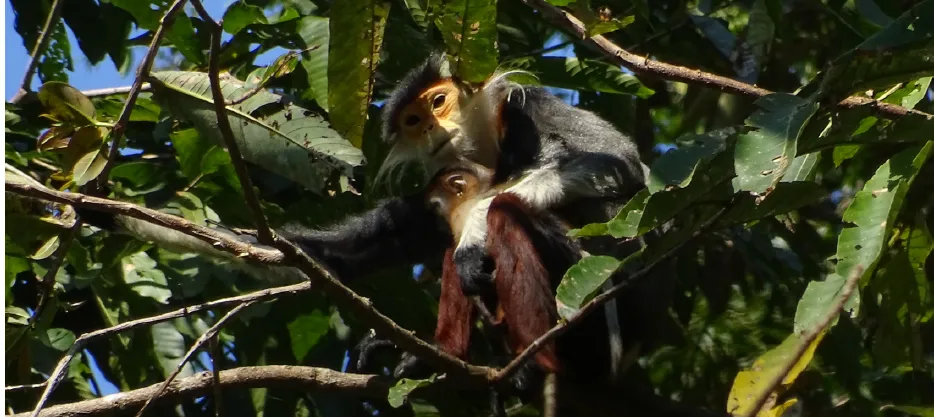
With outstanding global value, the shared heritage of Phong Nha - Ke Bang and Hin Nam No is a rare symbol of cross-border conservation cooperation, representing the most unique tropical limestone ecosystems on the planet. The nomination dossier was jointly developed by the two countries since 2018 and officially submitted to UNESCO in February 2024.
Previously, Phong Nha – Ke Bang National Park was twice recognized by UNESCO as a World Natural Heritage in 2003 and 2015. This expansion not only recognizes the comprehensive value of the ancient karst complex, stretching across borders, but is also a symbol of international conservation cooperation, contributing to the protection of the most unique tropical limestone ecosystems on the planet.
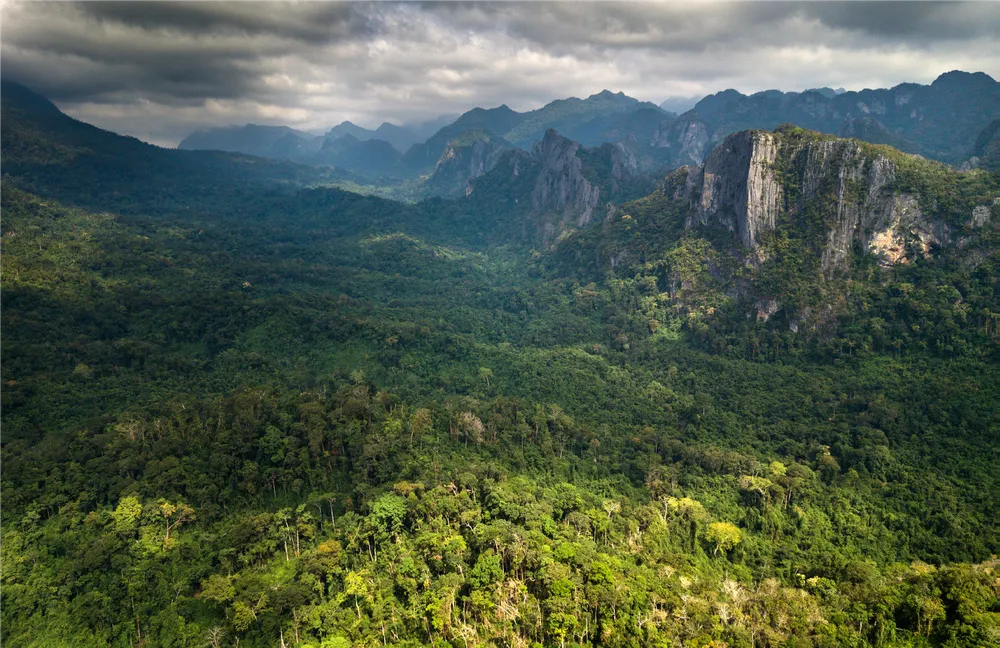
To date, Vietnam has 9 world heritages recognized by UNESCO. Of these, “Phong Nha – Ke Bang and Hin Nam No” is the first transboundary world heritage, marking an important step forward in efforts to protect natural heritage and affirming Vietnam’s responsibility to the international community.
Source: https://www.sggp.org.vn/phong-nha-ke-bang-va-hin-nam-no-tro-thanh-di-san-the-gioi-lien-bien-gioi-dau-tien-cua-viet-nam-va-lao-post803624.html




![[Photo] Marching together in the hearts of the people](https://vphoto.vietnam.vn/thumb/1200x675/vietnam/resource/IMAGE/2025/8/31/8b778f9202e54a60919734e6f1d938c3)
![[Photo] National Assembly Chairman Tran Thanh Man welcomes and holds talks with Chairman of the National People's Congress of China Zhao Leji](https://vphoto.vietnam.vn/thumb/1200x675/vietnam/resource/IMAGE/2025/8/31/9fa5b4d3f67d450682c03d35cabba711)

![[Photo] General Secretary To Lam receives Chairman of the National People's Congress of China Zhao Leji](https://vphoto.vietnam.vn/thumb/1200x675/vietnam/resource/IMAGE/2025/8/31/5af9b8d4ba2143348afe1c7ce6b7fa04)
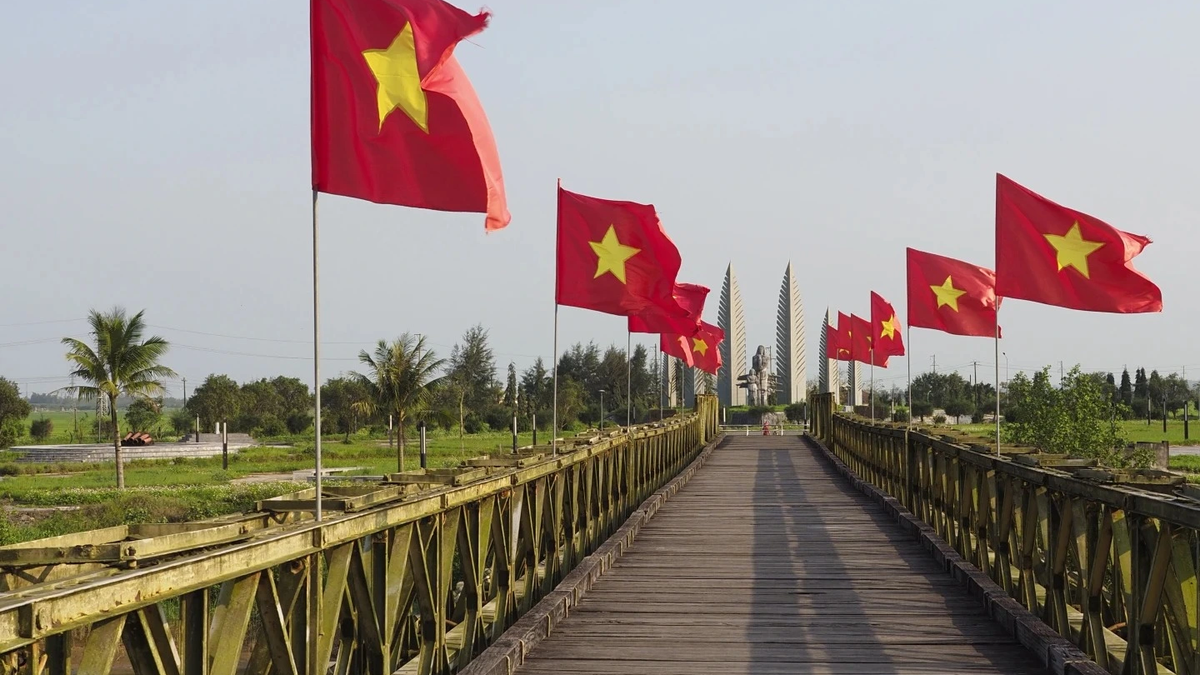




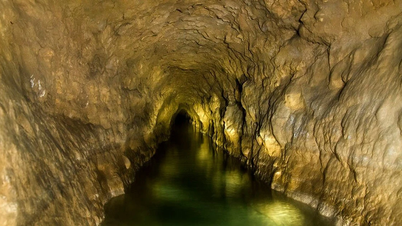







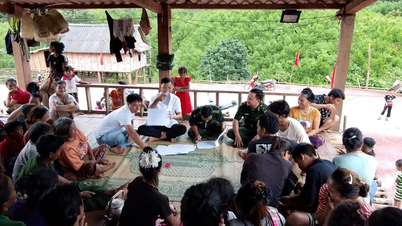



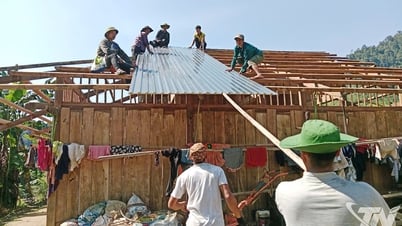



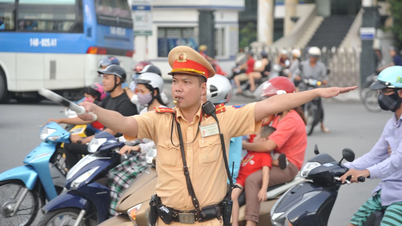




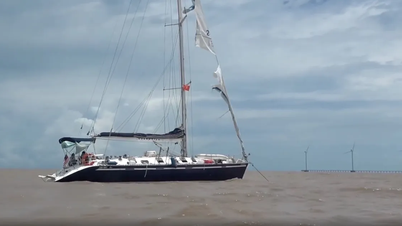



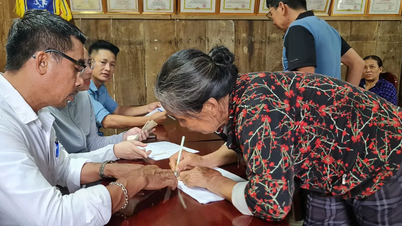






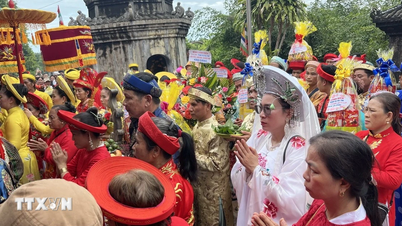
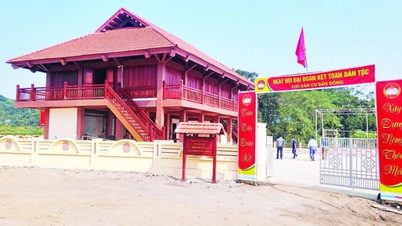
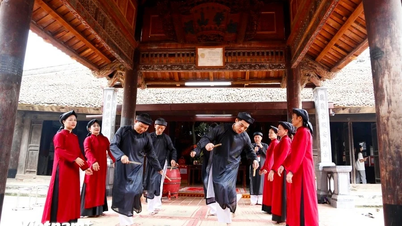



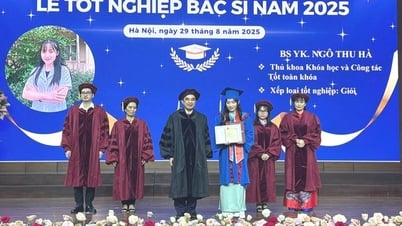


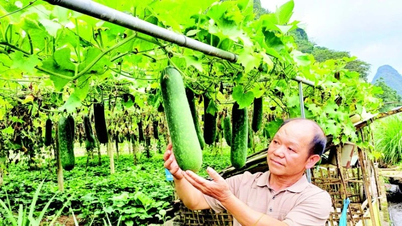
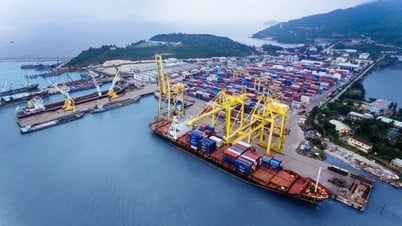

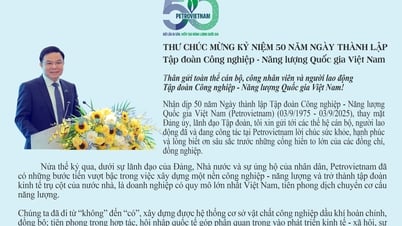
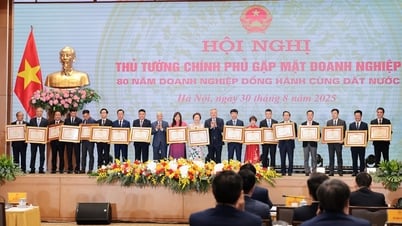






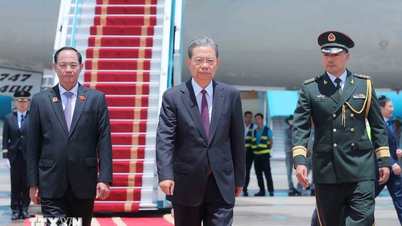

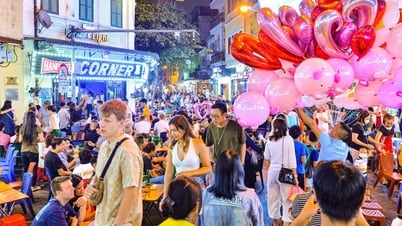














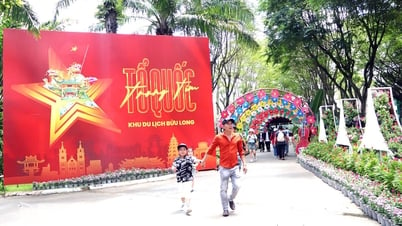


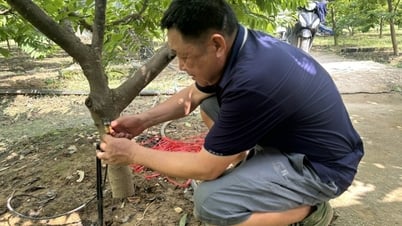

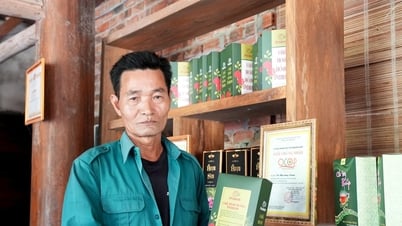

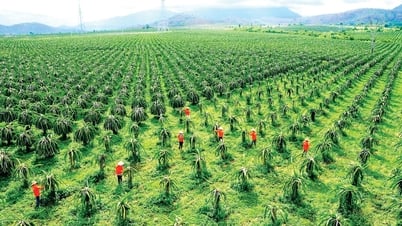







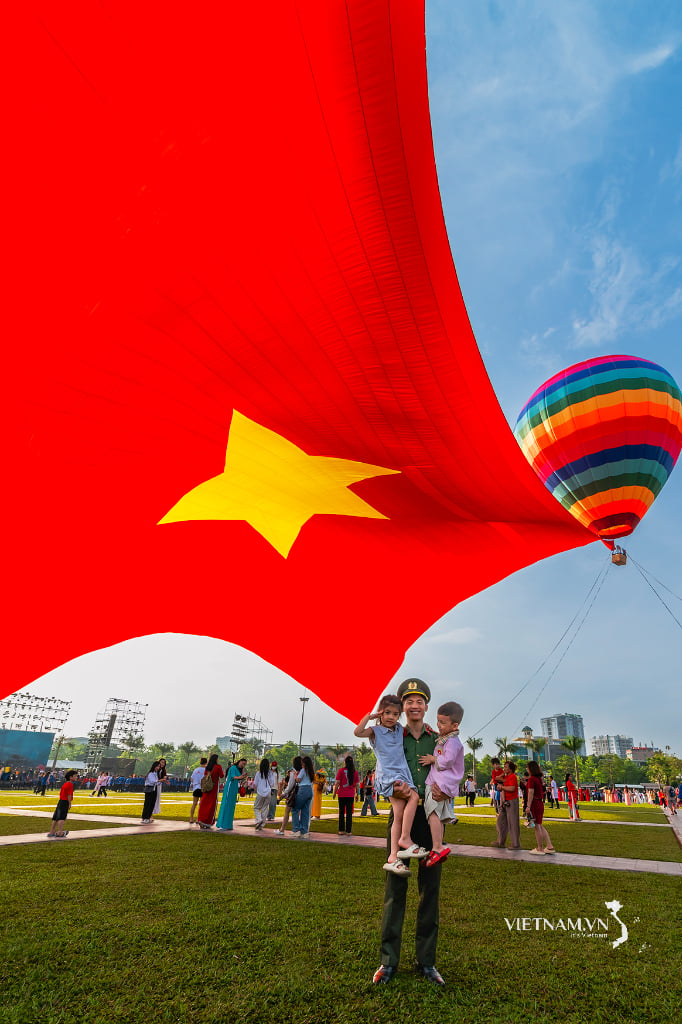
Comment (0)